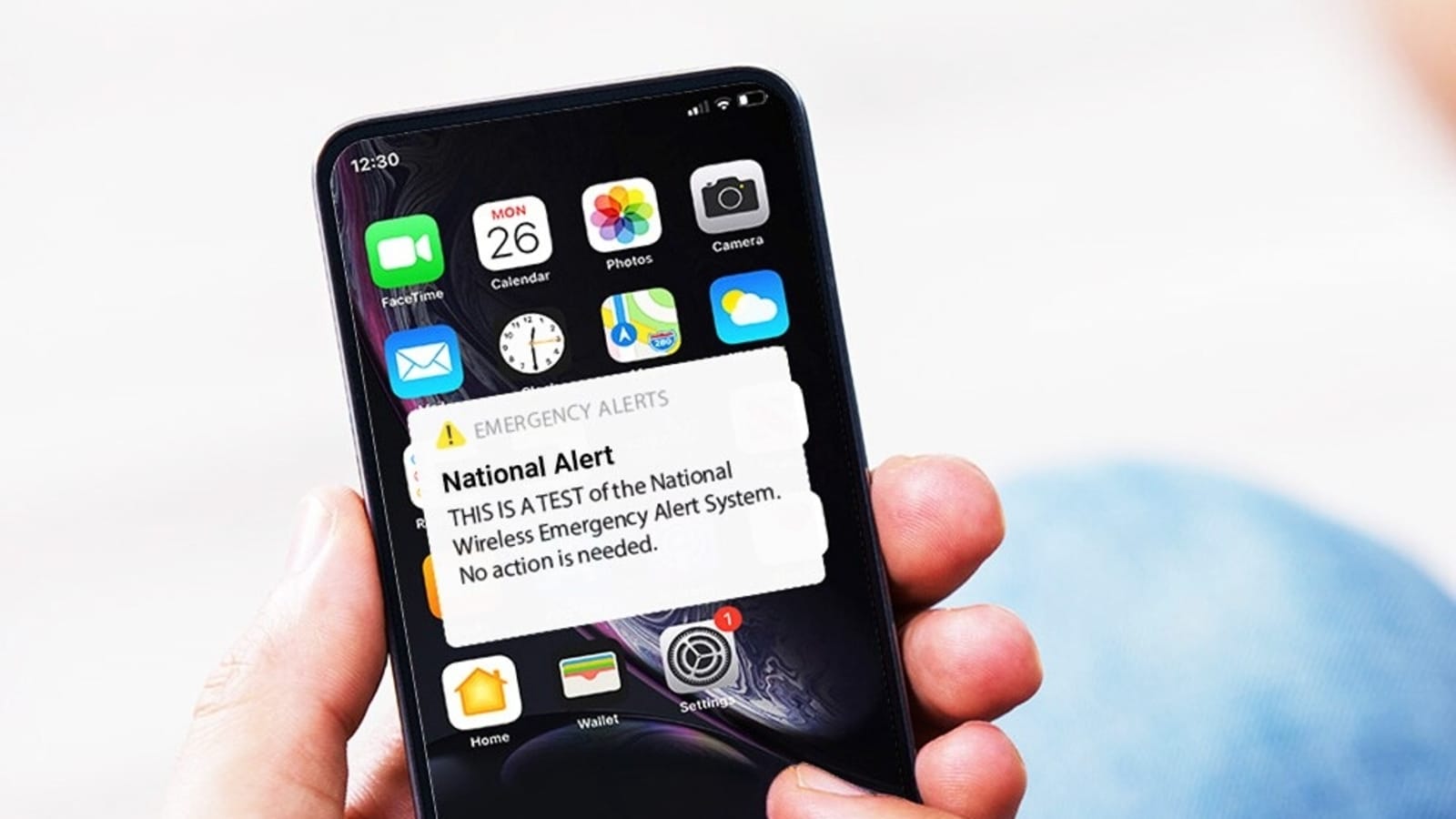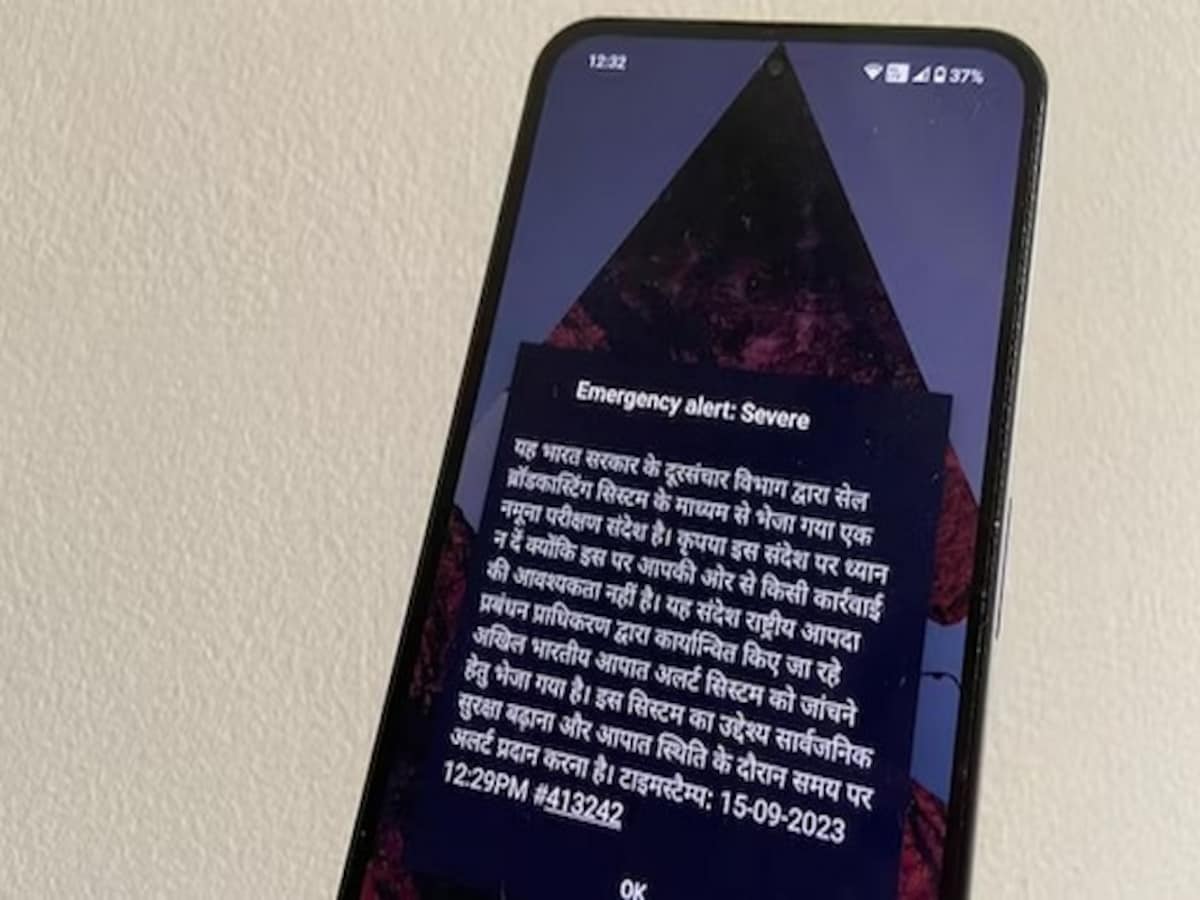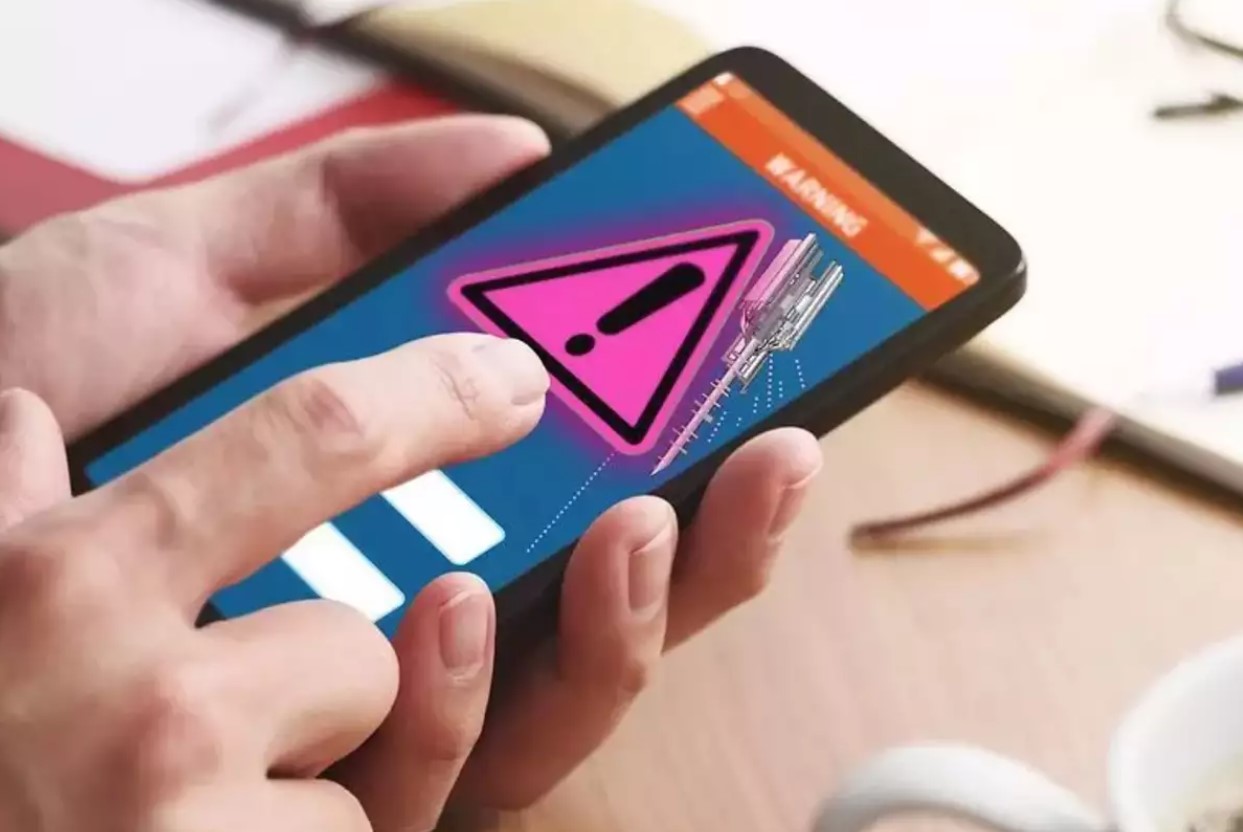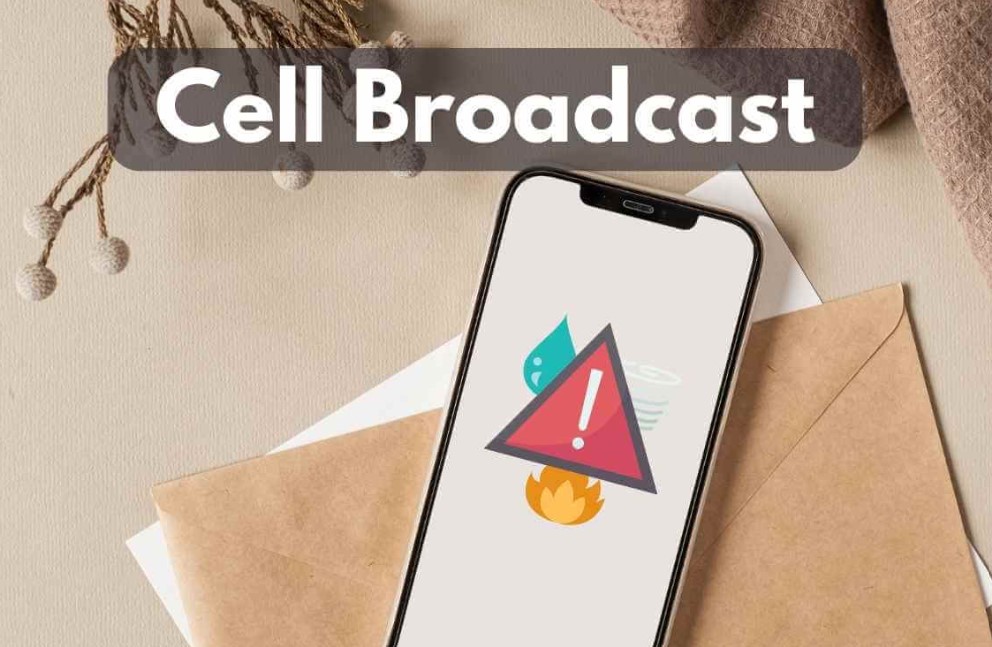Highlights
- Revolutionary auto-readout feature ensures audible alerts for all, bridging technological and accessibility gaps.
- Collaborative efforts of DOT, NDMA, MeitY, C-DOT, and telecom providers make this initiative possible.
- Groundbreaking Cell Broadcast system aims to cover India’s diverse linguistic landscape, ensuring no one is left uninformed.
In an age marked by blistering technological growth, India’s Department of Telecommunication (DOT) is steadfastly navigating the course toward technological solutions that secure the safety and well-being of its people.
The latest breakthrough comes in the form of a “Cell Broadcast Alert in Multiple Languages” system.
What sets India’s iteration apart from others is a pioneering auto-readout feature.
As the world grapples with an increasing frequency of natural disasters, from the devastating Afghanistan earthquakes to the catastrophic flooding in parts of Europe, this innovation couldn’t be timelier for the citizens of India.
A Quick Look at the Cell Broadcast Service
- Designed For: Immediate, non-intrusive alerts during natural disasters or national emergencies.
- Delivery: Every cell phone in an affected area gets a text message in their local language, a flashing screen, and an audible sound.
Why Auto-Readout Matters

Picture yourself driving on a congested road when your phone vocalizes an alert about an imminent cyclone.
Or consider the visually impaired who receive an audible message in their native language about a raging fire nearby.
The need for such an auto-readout feature is accentuated by an array of recent natural calamities in India.
Whether it’s the flash floods in Uttarakhand, Cyclone Yaas affecting parts of West Bengal and Odisha a couple of years ago, the recent heavy flooding in Himachal Pradesh that claimed lives and destroyed properties, or even the flash floods in Sikkim that severely impacted its infrastructure—these incidents underscore the dire need for immediate and accessible information.
Government leaders have stated “we are committed to leveraging the Cell Broadcast Alert system technology to protect and serve our diverse populace. The revolutionary auto-read out feature is not just an advancement in telecommunications, it’s a necessity for delivering critical, life-saving information to every individual, regardless of their linguistic or physical capabilities.”
The auto-readout feature bridges the gap between technology and accessibility, ensuring that critical, life-saving information reaches every individual.
It’s not just about informing; it’s about equipping people to take timely action, regardless of their linguistic or physical capabilities.
In a country as diverse as India, with its myriad languages and varied topographical challenges, this feature is more than just an advancement—it’s a necessity.
Brains Behind the Operation

The Department of Telecommunication (DOT) serves as the linchpin in the development and deployment of the upcoming feature.
As the driving force that’s reshaping the telecommunications landscape, DOT’s unwavering commitment to public safety sets the agenda.
It collaborates closely with the National Disaster Management Authority (NDMA), which brings its specialized knowledge in disaster management to ensure the alert system is both technologically advanced and practically reliable, especially in crisis scenarios.
Supplementing these key players are the Ministry of Electronics and Information Technology (MeitY) and the Centre for Development of Telematics (C-DOT).
MeitY works to meld technology with governance, providing critical technical and policy directions that make the system holistically effective.
Meanwhile, C-DOT takes on the crucial role of testing the system for efficiency and scalability, ensuring it is adaptable and ready to function across India’s topographically and linguistically diverse environment.
Together, these organizations form a symbiotic framework aimed at providing life-saving information to every citizen, showcasing a multi-disciplinary approach to public safety.
Equally integral to this endeavour are the telecom service providers and smartphone manufacturers.
Faced with the challenging task of ensuring that their systems and devices are compatible with this multi-lingual alert feature, they are working round the clock.

“The Indian government has mandated Cell Broadcasting support in mobile handsets from the end of this year. This much-needed feature will help disseminate disaster information -earthquakes, fire, tsunamis etc, to affected citizens in a timely manner. This feature, which is to be supported on handsets from across the brand spectrum, will enable citizens to take effective steps for their safety. Based on the global 3PP standards, this much-needed information adds one more feather to disaster management efforts in the country as it will cover the entire country wherever mobile networks are available,” say the smartphone makers.
Their role is vital in ensuring blanket coverage across India’s diverse linguistic landscape.
Their work and effort will ultimately allow the technology to reach every nook and corner of the country, making sure no one is left uninformed during a crisis.
A Brief Look at the Timeline and Guidelines
The journey towards this groundbreaking Cell Broadcast Alert in Multiple Languages began over a year ago, culminating in a landmark Gazette Notification issued in April 2023.
This notification outlined the crucial first steps towards making this life-saving technology a reality.
Within the first six months post-announcement, the notification mandated that all phones should support message reception in multiple languages, store messages for 24 hours, display persistent messages until user acknowledgment, sound alerts for at least 30 seconds, and explicitly highlight these features in the device manuals.
This laid the foundational groundwork, signaling to all stakeholders that the clock was ticking on these essential deliverables.
Fast forward to July, and a critical meeting took place that included representatives from MeitY, C-DOT, Apple, Google, and ICEA (Indian Cellular Electronics Association).
This meeting focused on operationalizing the Gazette’s mandates, further refining the project’s scope, and ensuring seamless implementation.
It paved the way for the next nine months’ objectives: to equip phones with support for ‘extreme’ alerts and enable the revolutionary auto-readout feature in multiple languages.
Post-November 1, these features will become a standard inclusion in all new smartphone models.
Final Thoughts

As Prime Minister Narendra Modi prepares to unveil this system on November 1, it’s clear that India is not just embracing technology but molding it to serve its diverse populace.
The new system is a testament to India’s commitment to safety, inclusivity, and innovation, ensuring that every individual, regardless of linguistic or physical barriers, has timely access to life-saving alerts.
FAQs
What is the purpose of the Cell Broadcast Alert in Multiple Languages system?
The system is designed to provide immediate, non-intrusive alerts during natural disasters or national emergencies, ensuring that every individual, irrespective of linguistic or physical capabilities, receives timely, life-saving information.
How does the auto-readout feature work?
The auto-readout feature automatically vocalizes alerts, ensuring that even those who are visually impaired or otherwise unable to read the text receive the critical information they need in their native language.
Who are the key players behind this initiative?
The Department of Telecommunication (DOT) spearheads the development and deployment. Collaborative efforts also come from the National Disaster Management Authority (NDMA), Ministry of Electronics and Information Technology (MeitY), and Centre for Development of Telematics (C-DOT), supplemented by telecom service providers and smartphone manufacturers.
When will this feature be standard in all new smartphone models?
Post-November 1, the revolutionary auto-readout feature, along with support for ‘extreme’ alerts in multiple languages, will become a standard inclusion in all new smartphone models.
